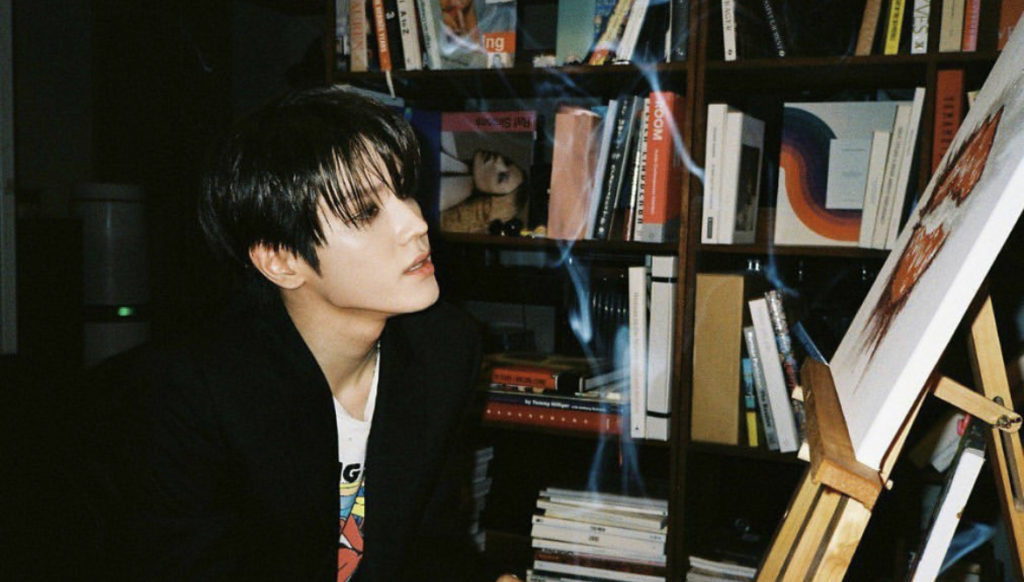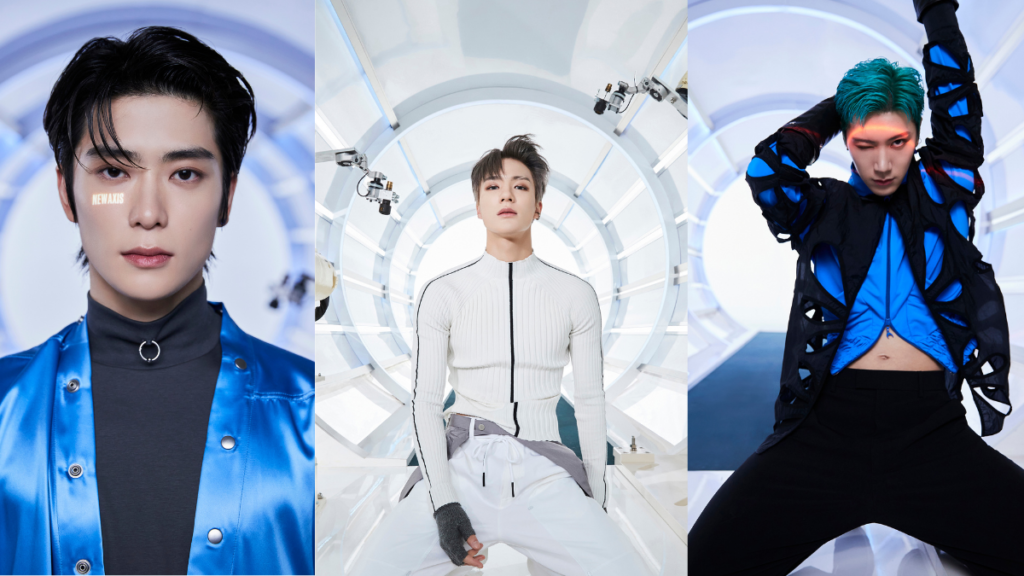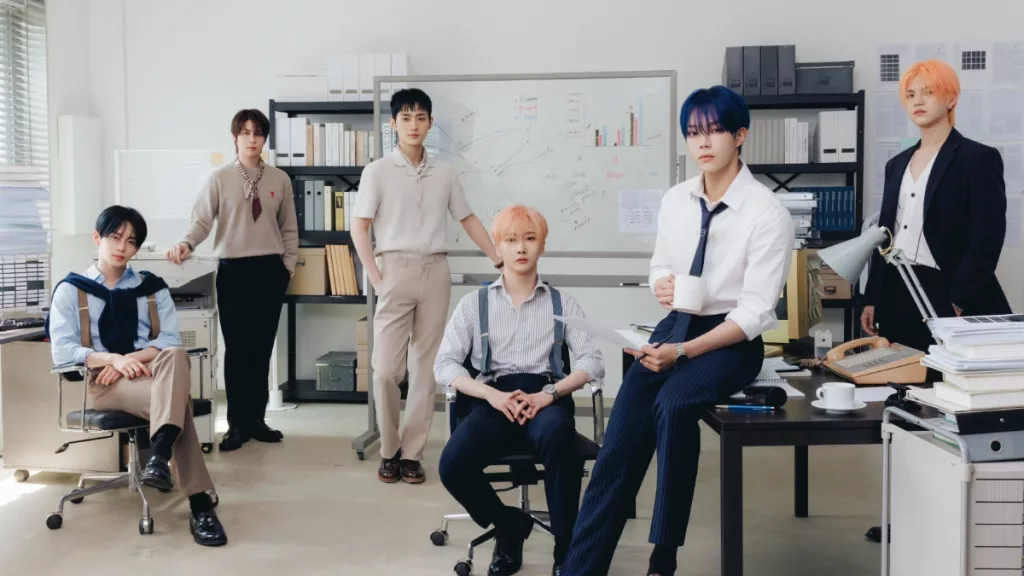There is an endless stream of K-dramas available to watch nowadays—the problem is finding the best one to settle down with and binge. Having such a wide range of options is both a blessing and a curse. Although we all have differing opinions and tastes, we can come to a consensus that our favorite television series have these five aspects to thank in creating a good show. Check out ACT!ON Team’s recipe for the perfect K-drama and see if there’s anything you’d change or add to suit your palate!
World Building
Being immersed in the world of a K-drama can bring a new level of connection to a show. Making sure that the world and its rules make sense helps build a cohesive and believable story, allowing K-dramas to make their stories all the more incredible. In addition, it allows the audience to connect and understand the intended tone of the show before even meeting its cast. Where, What, and How are the largest questions that need answering when developing the rules of the setting about the show’s complex characters and thoughts.
The well-done world-building in Love Alarm created the center of the show’s catalysts, giving comprehensive motivations for the main leads. Explaining how the love alarm app worked and how its use affected the world on a larger scale helped the story. If the writers had ignored the dangerous possibilities of a love alarm or how it could be abused, it would have left a hole in the world. On the other hand, Squid Game wove together a familiar world with the contrasting odd rules of the hidden island’s death games. Allowing the audience to relate but still feel uncomfortable by the show’s unsettling childlike designs is another tool the creators used so viewers could understand the emotions of the disturbed contestants. Thanks to these shows’ well-developed basis, these details uniquely integrated aided the story’s development.
As the environment and surroundings are made for the show’s characters, it’s important that they don’t overwhelm their audience with too many finite details. It involves hours of dedicated research to ensure that whenever the characters interact with the setting, there is unity between the two. There needs to be a balance in designing the foundation supporting the story. Leaving room for imagination allows the audience to create their own theories of how the series’ world works and opens new interpretations.
Character Developments
The character development throughout a series can be one of the most compelling parts of a K-drama. Whether it’s the protagonist going through their entire journey as a person or a side character learning from their actions, a good character arc stems from a well-thought-out backstory and its direct impact on their emotions and actions.
It’s Okay to Not be Okay is one of the few shows that has created well-developed character growth for their entire main cast. Our trio Go Moonyoung (Seo Yeji), Moon Gangtae (Kim Soohyun), and Moon Sangtae (Oh Jungse) each suffer from some form of childhood trauma. It’s through the ugly and beautiful moments of sorrow, forgiveness, and care for one another that the three can finally learn how to communicate their needs. Like many series, the characters’ influence over one another allows them to emotionally heal and bloom as people. The direct effect of their distinct personalities and motivations enables them to change.
Only with a good foundation of what makes the characters tick can a show proceed in developing them. This doesn’t mean disclosing as many details as possible, but instead finding ways to organically introduce information about these characters will show their depth. Each character met on the screen will inevitably change by the end— it’s the cohesive blending that can transform them from good characters to great.
Casting
One of the main aspects of a production, whether a film or tv series, is the casting. Starting in the pre-production process of a show, the task of choosing good actors that accurately represent the story and characters is the key to success in a series. This responsibility tends to fall in the hands of a casting director, who would use their abilities to recognize which actors are fit for each role.
Nonetheless, the magic of every production unfolds with the cast. Having a set of actors that portray each character, their stories, and emotions accordingly makes a series unforgettable. An actor who exhibits all these skills and immerses themselves in their role can give a unique perspective to a show; it allows the audience to connect with the story and the character and overall sets the tone in a production.
A memorable example would be Jung Hoyeon with her role as Kang Saebyeok in the Netflix 2021 hit show Squid Game. The character’s distinct personality and touching story resonated with the audience, Jung’s outstanding performance made it hard to believe this was her acting debut, her preparation for the role as well as conveying the character’s emotions made Saebyeok a fan favorite from the series.
From the pre-production process to the actors executing each role, casting can allow a cinematic story to shine.
Original Soundtracks
The music in productions has always been an essential aspect as it guides the audience to feel a certain way, conveying a deeper look into a character’s thoughts or actions. The songs can heighten the emotions and set the scene’s tone, becoming a memorable part of the series.
The truly great OSTs transcend their shows and can become a vital part of pop culture with its application. A notable example would be the 2009 drama Boys Over Flowers, whose opening song Paradise by T-Max has become a timeless staple with how often it makes appearances in today’s media. Just humming a few bars can relay what someone is referencing to from the show. Whenever hearing a certain drama’s songs, we are forever reminded of what it represents. Goblin’s wistful Stay With Me, which served as the background of Gong Yoo and Lee Dongwook’s iconic backlit character walk, was so notable it has even been utilized in other drama productions as a nod to the scene. Korean original soundtracks are, in fact, a genre of their own, even boosting an artists’ recognition if done appropriately, introducing the general public to new genres as well.
These songs allow shows to differ from one another, creating their unique image, especially when their themes can overlap. The selection is just as important since some tracks can blend in a little too well, making the show’s overall atmosphere feel generic. As OSTs often lie between being too different and the right fit, it’s vital to make sure the relationship between the body of work and the music don’t conflict. Where and how the soundtrack is inserted has to also be taken into deep consideration. The volume can overwhelm or aid a scene in the best and worst ways. A good soundtrack shouldn’t take away from the show’s original purpose of creating a proper world and characters. OSTs hold the power to bring to life what needs to be said without words.
Episode Count
One distinct way Korean dramas stand out from western shows is their episode count. Admittedly there are both benefits and downfalls to this method. Usually sticking to one season allows the creators to dedicate their all to the world and characters they’re bringing to life, with no chances of a sequel. Their creators see the value in time, ensuring that each second counts compared to western counterparts that can drag a story for years across multiple seasons. There’s been a shift with the popularity of Korean series surging; production companies have been dabbling in adding more seasons, such as Netflix’s Kingdom and The Penthouse: War in Life getting three seasons each.
Most Korean dramas range from sixteen to twenty-four, 1-hour episodes. More recently, we’ve seen the appearance of shorter productions coming in at ten to twelve episodes, although these tend to leave viewers feeling unsatisfied with how little content they’re provided. Having too few episodes can feel rushed and hinders creators from telling its narrative. Mystic Pop-up Bar was a rare case that used its limited duration efficiently and delivered a well-developed story in only twelve episodes. What made these episodes stand out was their ability to stand alone, never adding in filler plot holes that didn’t help the story flourish.
However, too many episodes can end up drawing out the show much longer than necessary when the story has already reached its peak early on. Weekend dramas renowned as the soap dramas of Korea can go for as long as 100+ episodes. However, their episodes’ durations are often much shorter, and the cinematography and sets can take a hit in quality, with production costs being distributed to the longer filming times. Following the standard flow of dramas, a series’ conflict builds from its first episode until the inevitable climax near the finale, leaving a few episodes to show the aftermath. To make sure the show doesn’t fall apart, it must keep the same level of tension throughout to capture the audience’s attention, enticing them to come back for more each week.
Want more? Check out our latest issue here!




